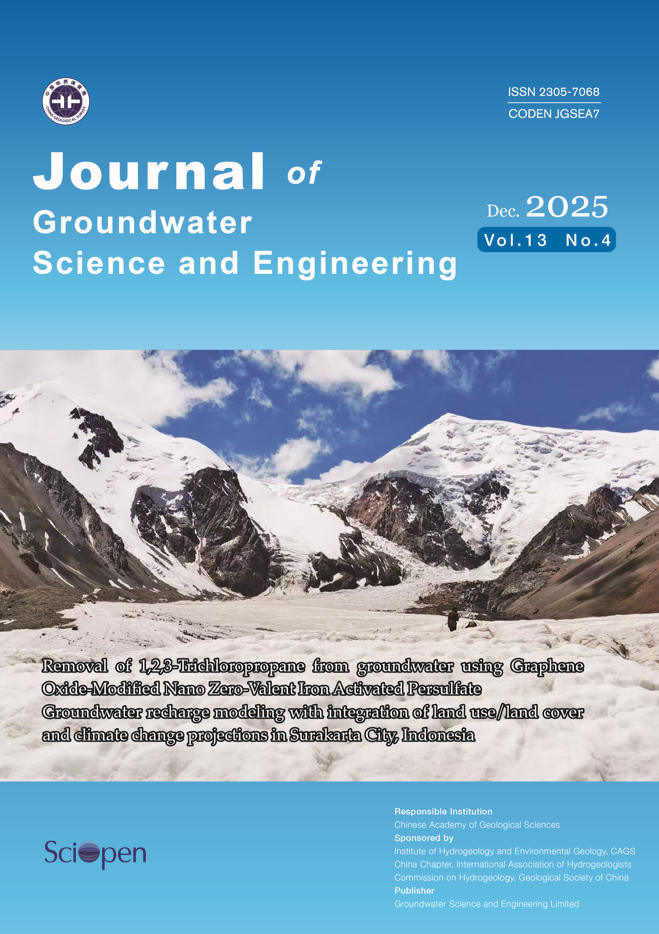2017 Vol. 5, No. 4
Display Method:
2017, 5(4): 326-335.
Abstract:
2017, 5(4): 336-342.
Abstract:
2017, 5(4): 343-353.
Abstract:
2017, 5(4): 354-363.
Abstract:
2017, 5(4): 364-373.
Abstract:
2017, 5(4): 374-386.
Abstract:
2017, 5(4): 387-396.
Abstract:
 E-mail alert
E-mail alert Rss
Rss

 Online Submission
Online Submission Peer Review
Peer Review Office Work
Office Work Editor-in-chief
Editor-in-chief News
News Download
Download Links
Links





